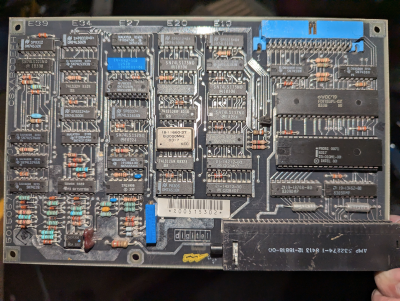Taking on a refrigerator-sized minicomputer is not for the faint-hearted, but [Usagi Electric] has done it with a DEC PDP-11/44. He’s not doing it in half measures either, for his machine is tricked out with an impressive array of upgrades. Among them however is no storage, and with two co-processors there’s a meager 3U of rack space left. The plan is to fit a period 8″ hard drive in the space alongside a TU50 tape dive, and it’s this final component that’s the subject of his latest video.
DEC never did anything by halves, and a DECTape II cartridge is more than a simple container for tape reels. Instead it has a capstan of its own that engages with one in the drive, and an internal drive belt that moves the reels. All the rubber parts in both tapes and drive are thoroughly perished, and it’s impressive that he manages to find inexpensive modern polymer alternatives. The original drive is probably intended for a VAX system, thus it has the interesting feature of a second drive mechanism out of sight to hold a tape containing microcode.
Having reconditioned the drive, it goes in behind a custom front panel, and though there’s no useful data to test it with on the tapes he has, it appears all working. You can see it all in the video below the break, and if you’re interested further we’ve covered this machine in the past.
Continue reading “A Minicomputer Tape Drive Receives Some Love”


















